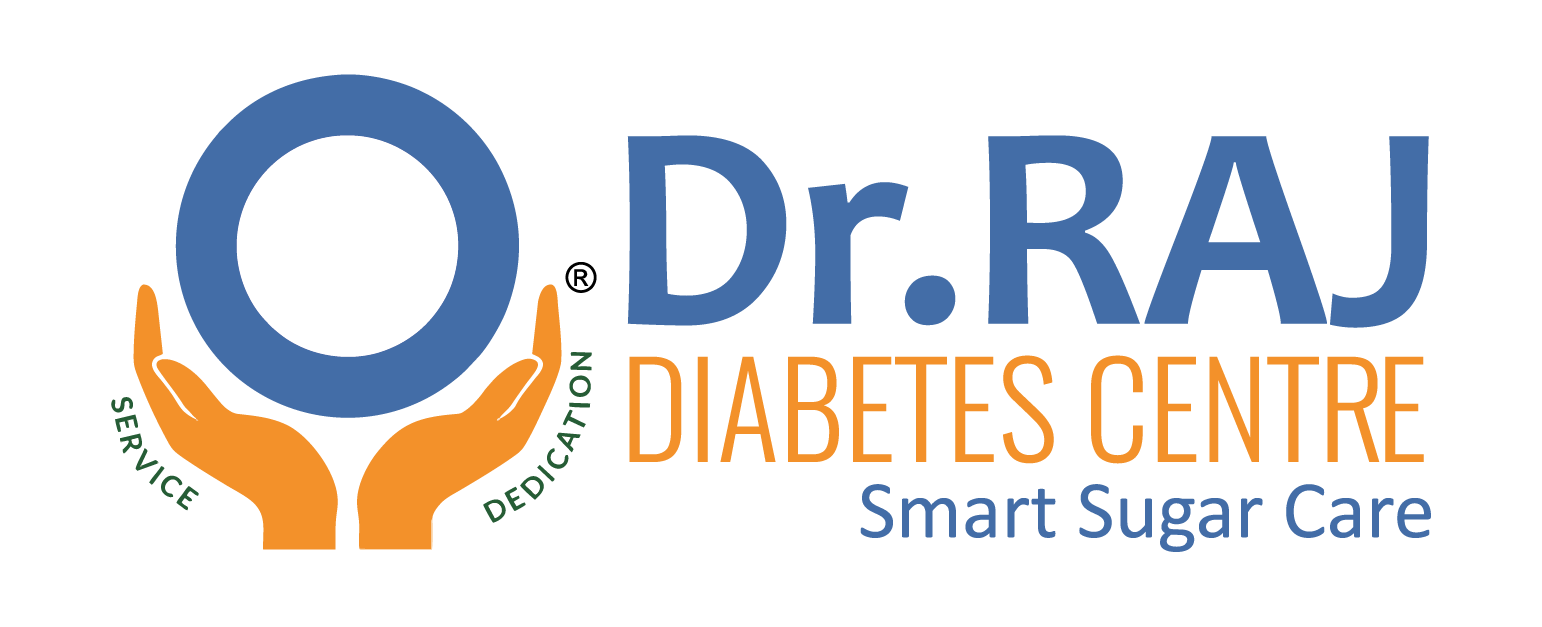Introduction
Monsoon brings welcome relief from the heat, but damp conditions can foster foot infections especially risky for people with diabetic neuropathy and poor circulation. Here’s how to keep your feet safe all season.
1.Why Monsoon Raises Infection Risk
- Moisture: Damp socks and shoes create a breeding ground for fungi and bacteria.
- Skin Maceration: Prolonged wetness softens skin, leading to cracks and entry points for pathogens.
- Footwear Issues: Plastic or non breathable shoes trap moisture.
2.Daily Foot Care Routine
- Keep Feet Dry:
- Pat dry carefully between toes after washing.
- Change socks immediately if they get wet.
- Choose the Right Footwear:
- Breathable sandals or rubber chappals with good drainage.
- Avoid tight, non porous shoes.
- Inspect Daily:
- Look for cuts, redness, blisters or unusual odours.
- Use a mirror if you have neuropathy.
3.Hygiene & Protection
- Anti fungal Powders: Sprinkle on feet and inside shoes to keep moisture at bay.
- Mild Antiseptic Wash: Use a gentle antimicrobial foot bath once or twice weekly.
- Nail Care: Trim nails straight across and file edges to prevent ingrown toenails.
4.When to See Your Doctor
Any sign of infection (redness, pus, swelling)
- Persistent itching or burning sensation
- New wounds that don’t heal within 24–48 hours
Conclusion
Monsoon should be a season of joy, not foot complications. By following a dedicated foot care routine, choosing proper footwear, and monitoring for early signs, you can stride confidently rain or shine.





